Alpine flowers fight for food and space
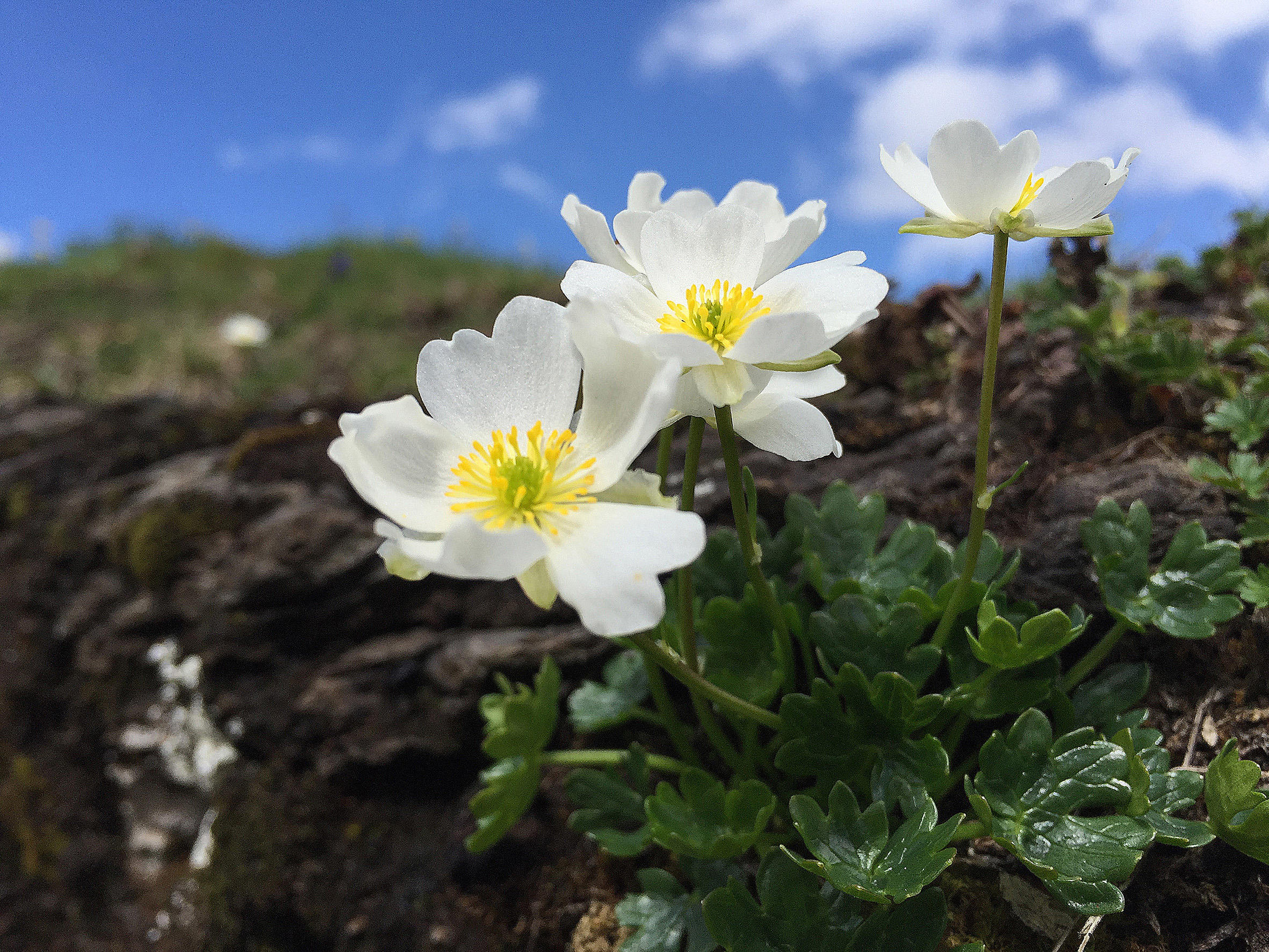
Global warming is affecting the range of alpine flora – creating winners and losers, says a joint study from Swiss and Austrian scientists.
Alpine plants face increased pressure at higher elevations, researchers from the University of Vienna and the Swiss Federal Institute for Forest, Snow and Landscape Research (WSL)External link have found.
As temperatures rise, so do the plants. That is, their range shifts and they begin growing at higher elevations. For this studyExternal link, researchers analysed distribution data for 183 alpine plants found in Austria, Italy, Germany, Slovenia and Switzerland. Since the first half of the 20th century, most species have expanded their range upwards by 20-35 metres.
The study, which appears in Monday’s edition of the journal Proceedings of the National Academy of Sciences of the USA (PNAS)External link, found that the lower range limits were shifting faster than the upper limits – which narrows the zones where the plants can grow.
“As a consequence, at higher altitudes space is at a premium, with species that are spreading to higher elevations piling greater competitive pressure on others already growing there,” report the authors. They say this was the first time that anyone had studied so much data from so many alpine regions.
Winners and losers
“The majority of alpine flora seem to be slowly and evenly shifting their entire ranges to higher elevations and seem to have benefited from climate change so far,” says lead author Sabine Rumpf of the University of Vienna. “Also, many species now occur more frequently within their range.”
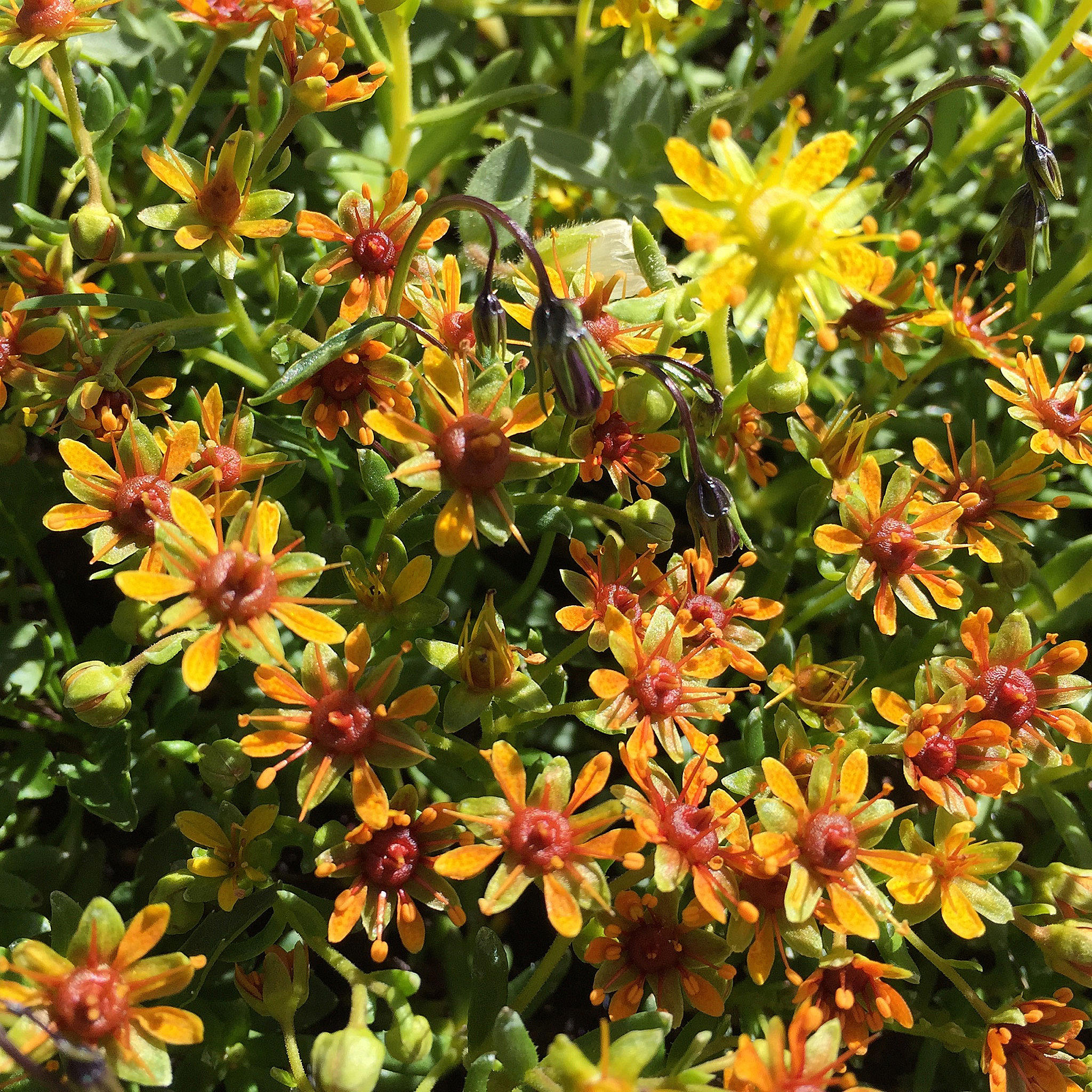
One of the “winners” is the yellow mountain saxifrage, which has managed to increase its range both downwards and upwards. It typically grows near rivers among loose rocks, and its seeds travel via water, bringing it down to lower elevations.
Among the “losers” are the alpine buttercup and alpine pasqueflower. For example, the alpine buttercup’s lower range limit has shifted upwards by a remarkable 385m, but its upper range is only 21m higher than it used to be – which reduces its range by 33%.
“The plants which are adapted to very cold and nutrient-poor conditions are the losers. Even if the conditions become better, these tiny little plants just can’t react – they can’t grow stronger or taller,” explains WSL ecologist Martin Schütz. “But plants with a wider distribution can often profit from more warmth and nutrients. They immediately grow taller and overshoot the small plants, and then there’s competition for sunlight.”
The hairy primrose, meanwhile, is one of the few species creeping downhill. Both its upper and lower range limits are lower than they used to be. Whether this is an advantage or not is hard to tell, says Schütz.
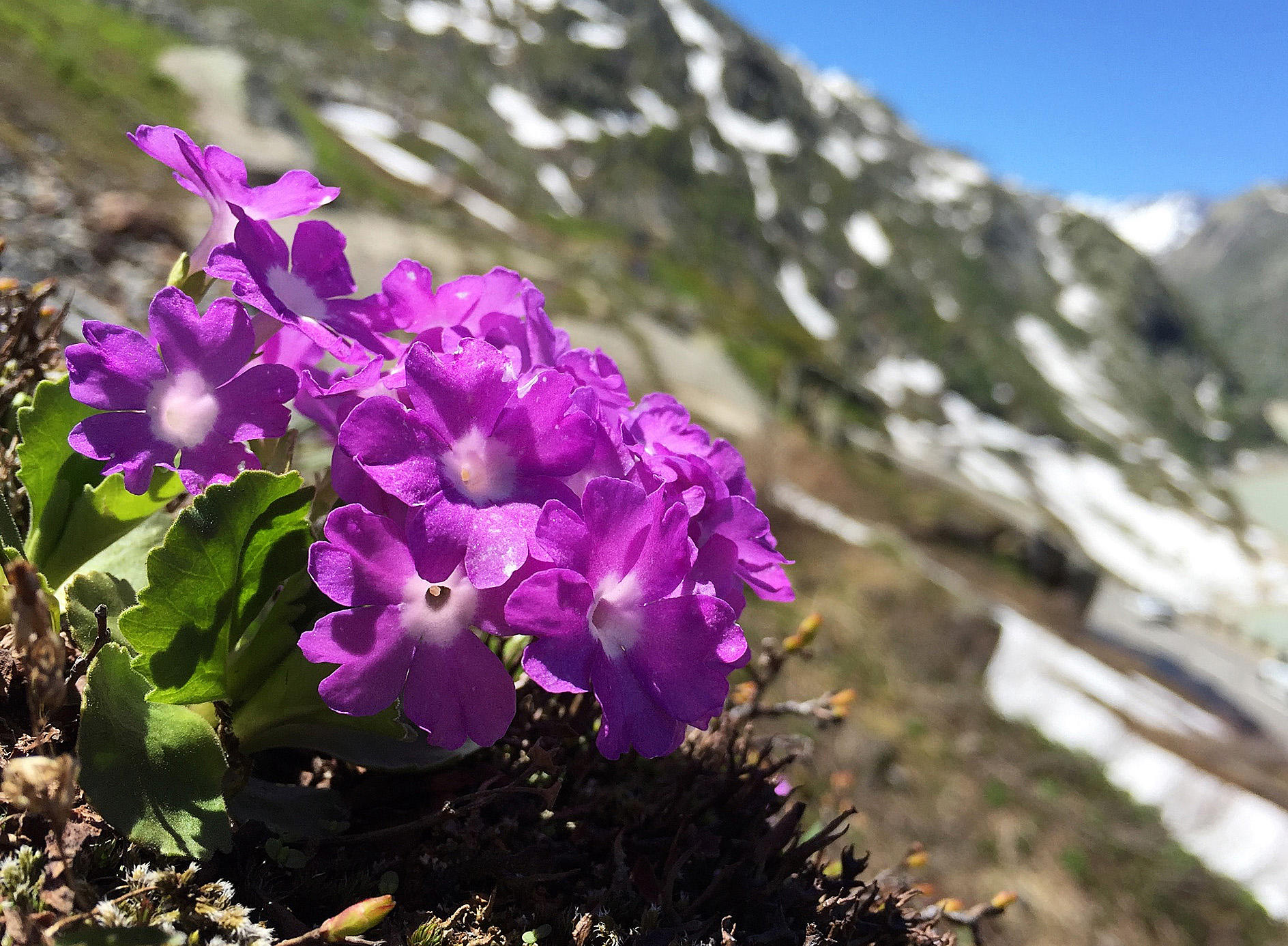
Longer summers
In addition, potentially longer summers bring an indirect disadvantage to many alpine plants, says Schütz, because the other vegetation can produce more seeds or daughter plants.
Nearly 20% of the species that the team studied thrive in nutrient-poor habitats. So Swiss mountain favourites like edelweiss and gentian would also fall among the losers, expects Schütz.
“If the competitive species win, then there will be a loss of biodiversity – at least on a small scale,” Schütz tells swissinfo.ch. However, he says extinction is still a long way off.

More
The dearth – and death? – of Swiss biodiversity

In compliance with the JTI standards
More: SWI swissinfo.ch certified by the Journalism Trust Initiative

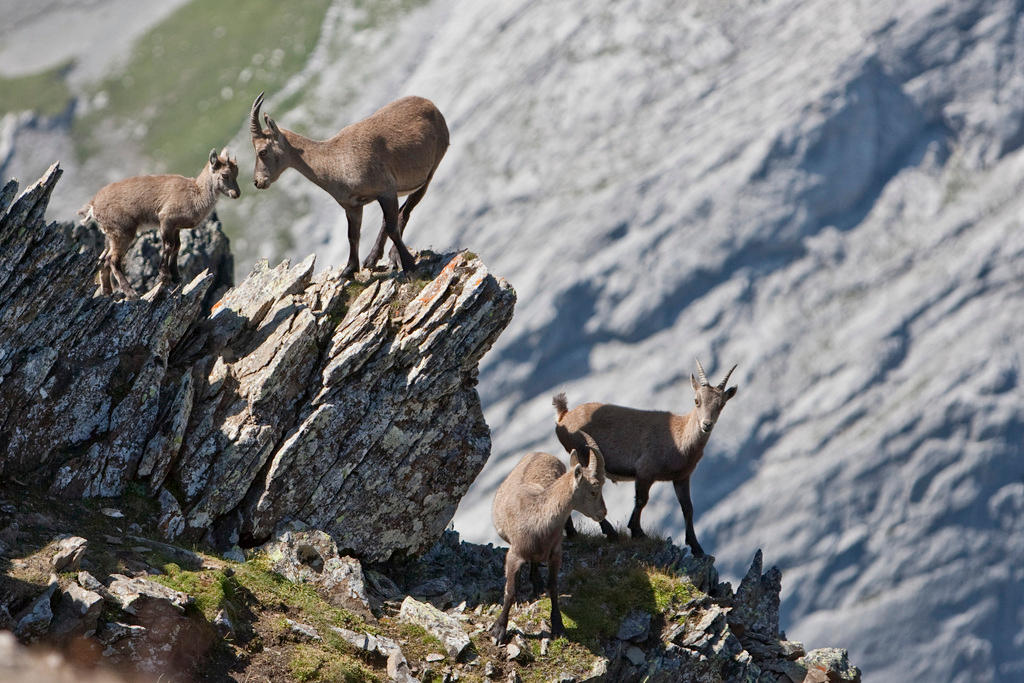
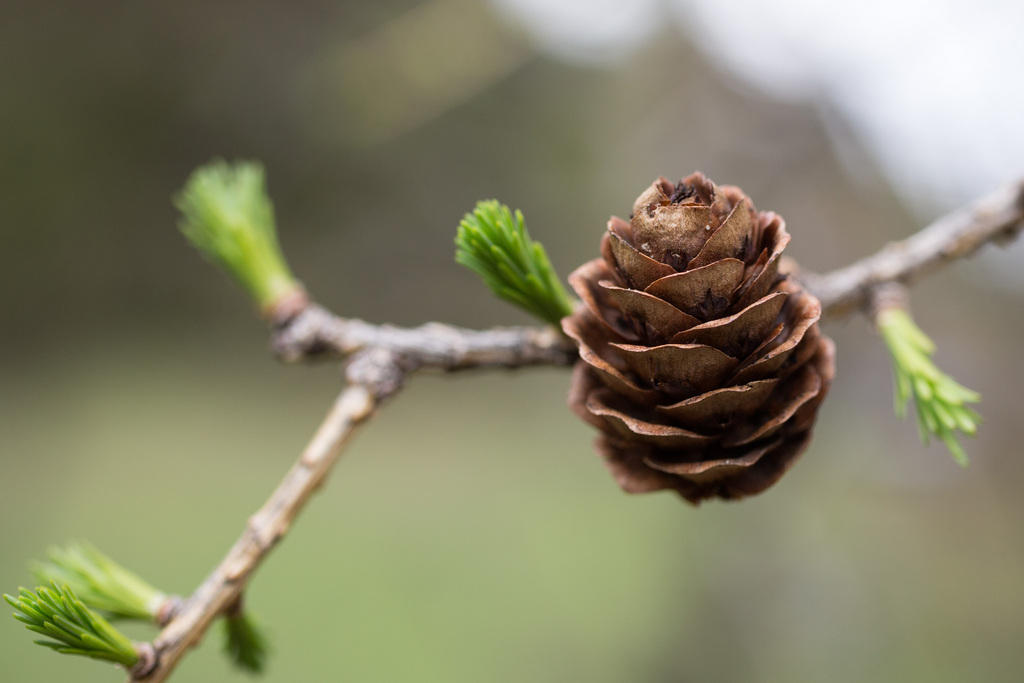
You can find an overview of ongoing debates with our journalists here. Please join us!
If you want to start a conversation about a topic raised in this article or want to report factual errors, email us at english@swissinfo.ch.